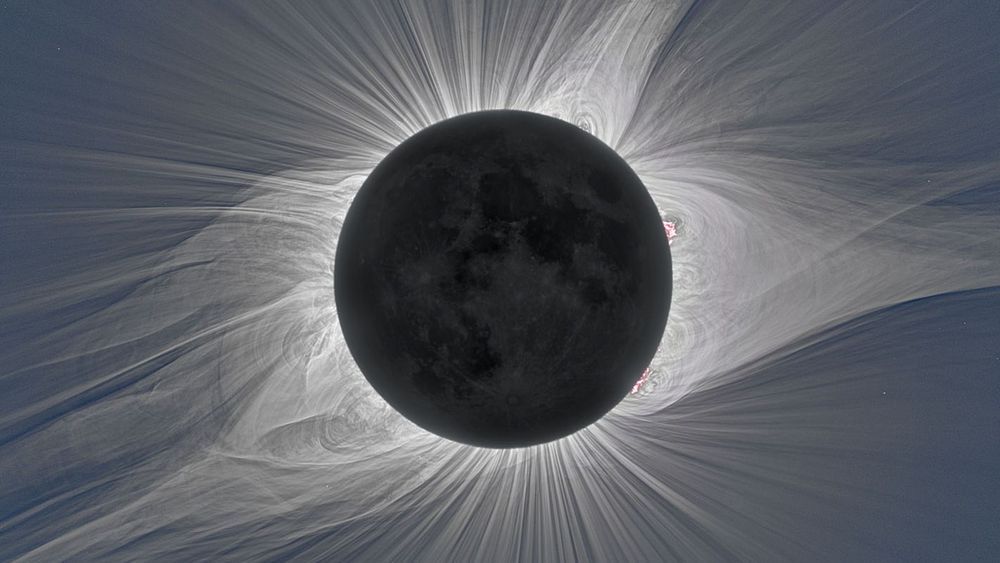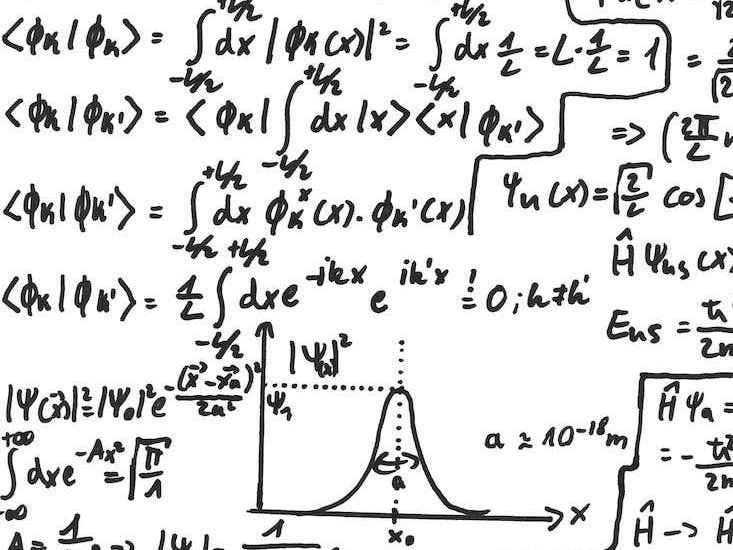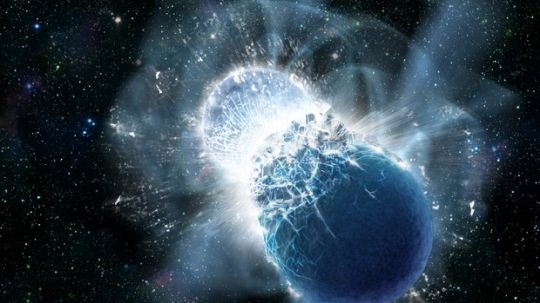Jun 14, 2019
Next Month’s Total Solar Eclipse Will Pass Right Over a Space Observatory
Posted by Genevieve Klien in categories: physics, space
Next month, a total solar eclipse will pass over a slice of the South Pacific, Chile, and Argentina—and directly over an observatory in the Andes run by the National Science Foundation.
Astronomers and physicists are now preparing the experiments they plan to run during the eclipse. As with past eclipses, these experiments will focus on observing the Sun, as well as the effects of eclipses on Earth.

















